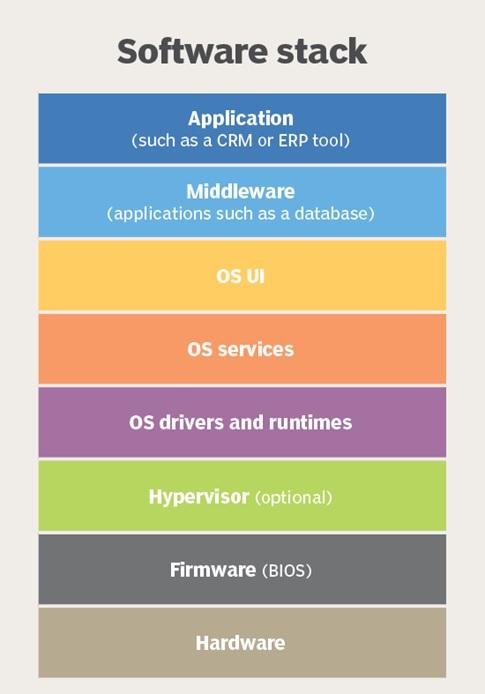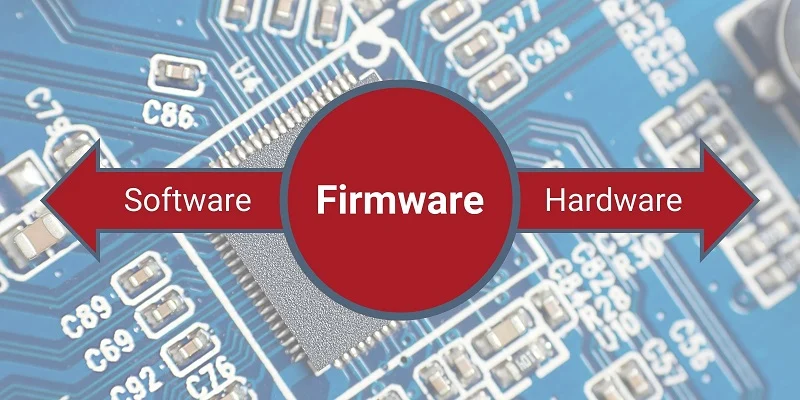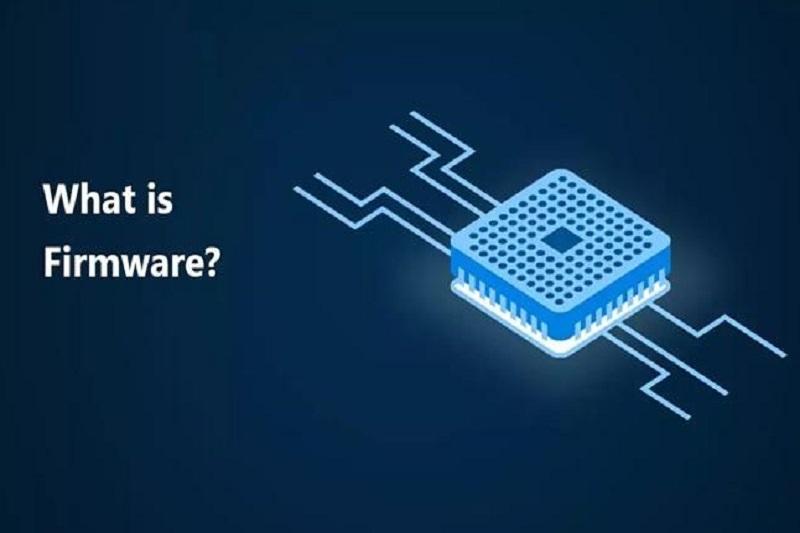What Is Firmware? Understanding Its Role and Applications in Modern Devices
Firmware refers to a special type of low-level programming that places the application software on a hardware device’s non-volatile memory.
Non-volatile memory is a permanent random-access memory that does not erase the information inside it when the device is turned off or power is cut.
In making network equipment, the operating system or the firmware is installed directly on this memory so that the user can use the device without problems or, if possible, run their applications. More precisely, firmware can be considered software that enables the use of hardware.
Hardware manufacturers use firmware, also called firmware, in an embedded form to control the operation of devices and different parts of hardware equipment, just as the operating system (OS) of personal computers controls the operation of software programs. The operating system may be written to read-only memory (ROM), erasable programmable read-only memory (EPROM), or flash memory.
American computer scientist Ascher Opler coined firmware in 1967 in Datamation magazine. He used this term to describe a type of microprogram between hardware and software.
Firmware is embedded in everything from smartphones to Internet of Things (IoT) devices today. Some firmware is fully intelligent, such as the iOS operating system that Cisco devices are equipped with, which closely monitors hardware functions, and others are semi-intelligent, such as the firmware embedded in audio and video equipment that only controls the functional features of the device.

Why is a firmware update essential, and how is it done?
Firmware updates are often released to fix problems, prevent firmware hacking, introduce new features, improve security, or interact with new media. Its updates contain code that tells the hardware how to behave in a new or modified way. For example, firmware updates related to routers improve the performance and stability of these products while fixing security issues.
Motherboard manufacturers also release BIOS updates that enable the motherboard to support newer processors. BIOS is the motherboard’s operating system that controls all hardware aspects of this crucial component of computers and servers.
Some Internet-connected devices regularly check for new firmware whenever it is released and automatically download and install it. Other device manufacturers require users to manually visit the manufacturer’s website to download and install firmware updates. In most cases, manufacturers release updates regularly.
Its update release times vary by device. Users do not have to manually update firmware versions to keep their device’s firmware updated. The firmware in an intelligent bulb may not need to be updated frequently.
However, the smart thermostat firmware may need to be updated periodically to stay compatible with smartphone operating systems. Smartphones also usually perform firmware upgrades along with automatic software updates so that the phone continues to perform stably.
Device firmware corruption can damage some devices or cause them to malfunction. Most electronic devices need to be left on while updating the firmware so that the update doesn’t crash. For example, if the motherboard loses power during the firmware update, you’ll have to say goodbye to the motherboard forever, as you’ll rarely be able to fix the problem.
Types
There are different types of firmware, but in general, all firmware can be divided into the following three categories based on the level of hardware integration:
- Low-level firmware: Low-level firmware is the key and central component of a device and is often stored on non-volatile, read-only chips such as ROM and, therefore, cannot be overwritten or updated. Devices with low-level firmware have programmable memory.
- High-level firmware: High-level firmware allows updates and is generally more complex than low-level firmware. In computer systems, high-level firmware resides on flash memory chips.
- Subsystem firmware: Subsystem firmware is often provided as part of an embedded system. Since it can be updated and is more complex than low-end firmware, it is comparable to high-end firmware. A clear example in this context is the power subsystem of a server, which is a piece of server hardware that works semi-independently from the server.
Applications
It is found in a wide range of computing devices, including complex devices and devices that are generally not considered computing devices. Some of the real-world applications of firmware are as follows:
- Personal computer: The firmware is a personal computer BIOS (BIOS) or Unified Extensible Firmware Interface (UEFI) placed on a small memory chip on the computer’s motherboard. Computer peripherals contain firmware, such as graphics cards, network cards, etc.
- Storage devices: USB drives, hard drives, and other portable storage devices contain the underlying operating system that enables them to work with computers or servers.
- Mobile devices: Cell phones, tablets, laptops, and other mobile devices have firmware that allows the hardware to work with different software.
- Automotive: Autonomous vehicles have various types of firmware, sensors, and small computers that allow the vehicle to perform assigned tasks.
- Home appliances: dishwashers and washing machines are among the devices that have firmware. It helps the device communicate with its embedded computer to configure its settings and control its operation.
- Smart cards: Smart cards have instructions embedded in a chip that manage the basic functionality of the card as well as authentication and encryption.
What is the difference between firmware and software?
Although some consider firmware a type of software, there are differences between the two technologies.
Firmware
The software provides the machine with basic instructions and allows the hardware to operate and communicate with other software running on a device. Firmware provides low-level control over the device’s hardware. For this reason, it is sometimes called software for hardware. Another distinguishing feature is that firmware is generally not designed to be user-friendly.
Software
Software is written to interact with users to perform specific tasks and is placed on top of the hardware abstracted from the hardware, and uses middleware to communicate with the underlying hardware. The software has a more complex structure and is not connected to the leading hardware.
There are different types of software, the most important of which are computer programs such as operating systems, applications for text processing, video conferencing, and music listening software. A software program can usually be changed without replacing a hardware component, whereas firmware cannot.
The firmware embedded in flash memory chips can be updated faster than firmware written on ROM or EPROM. Since flash memory plays a crucial role in organizations, administrators should improve their knowledge about flash types and their uses.
FAQ
What is firmware?
Firmware is a type of permanent software programmed into a hardware device that provides low-level control for the device's specific functions. It acts as the middle layer between hardware and higher-level software.
What are common examples of devices that use firmware?
Common examples include routers, smartphones, printers, smart TVs, and embedded systems like washing machines or microwave ovens—all of which rely on firmware to function correctly.
Why is firmware important?
Firmware is essential because it allows hardware to operate and communicate with other software systems. It also enables manufacturers to update or fix device functionality through firmware upgrades.
